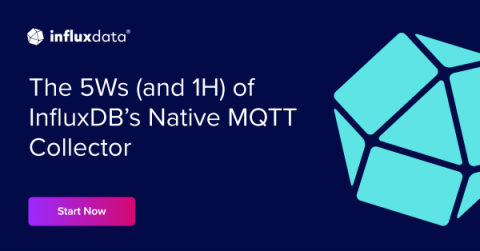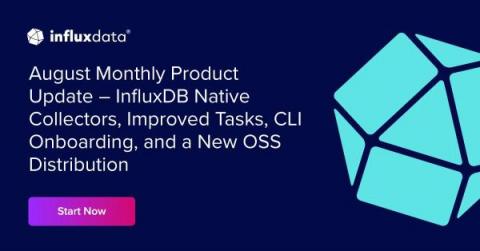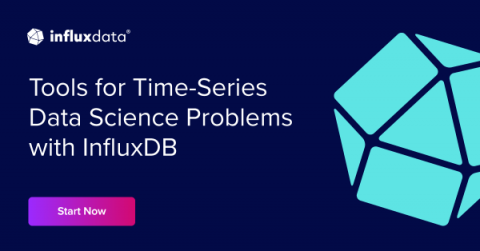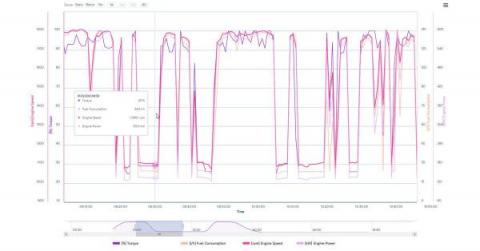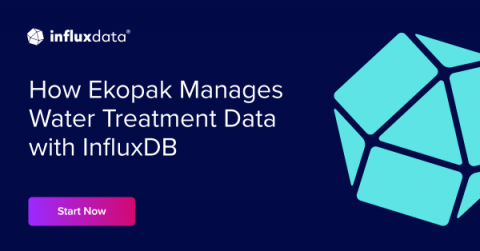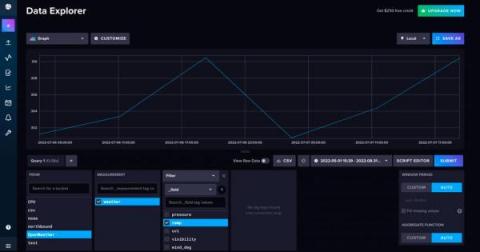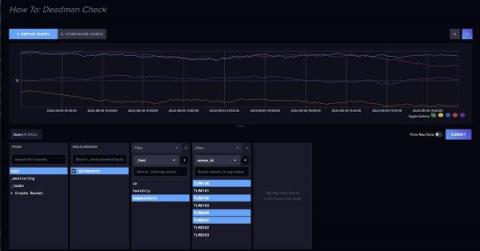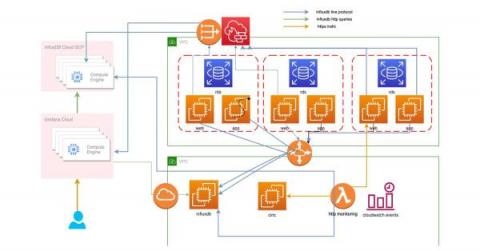Operations | Monitoring | ITSM | DevOps | Cloud
InfluxData
The 5Ws (and 1H) of InfluxDB's Native MQTT Collector
MQTT is a messaging protocol used widely in the IoT space. Its publish/subscribe model is ideal for IoT because multiple devices can send data to a single MQTT broker, which MQTT clients can then access. The MQTT integration for InfluxDB’s native collector feature is a fast and easy way to create cloud-to-cloud data pipelines. Here’s the lowdown on using the Native MQTT collector. Who: Users and companies that rely on MQTT to provide time series data for their applications.
August Monthly Product Update - InfluxDB Native Collectors, Improved Tasks, CLI Onboarding, and a New OSS Distribution
We love to write and ship code to help developers bring their ideas and projects to life. That’s why we’re constantly working on improving our product in sync with developer needs to ensure their happiness and accelerate Time To Awesome. This month is special. We have many features that we think you will love when onboarding or continuing to use InfluxDB. We launched Native Data Collectors this month.
Tools for Time Series Data Science Problems with InfluxDB
This article was originally published in The New Stack and is reposted here with permission. You might need to perform anomaly detection or forecasting if you’re working with time-series data. The first step before working on your time series is finding the right data store. To effectively detect or forecast your data, you will require a data store that can handle a large volume of data at a high ingest rate. Therefore, you might want to look at using a purpose-built time-series database.
The What, Why, and How of Time Series Databases
This article was written by Thamatam Vijay Kumar. Scroll down for author bio and photo. Modern-day websites are filled with dashboards featuring enriched charts, line graphs, radar as well as multigraphs. The world is fascinated with such charts and graphs, which deliver much value to millennial web applications. There are many such chart libraries which provide interactive visualization and deliver data insights for users. The charts plot the lines using data points.
How Ekopak Manages Water Treatment Data with InfluxDB
A wide variety of industrial processes rely on water, and before it can be used, it needs to be treated to remove dissolved substances. Minerals have to be filtered out so they don’t form scales on equipment as water is heated and cooled, and bacteria needs to be removed in cases involving human health. Ekopak is a Belgian company working to make water treatment more sustainable by using less water and energy where possible.
Obtaining and Storing Time Series Data with Python
In this tutorial we’ll learn how to use Python to get time series data from the OpenWeatherMap API and convert it to a Pandas DataFrame. Next we’ll write that data to InfluxDB, a time-series data platform, with the InfluxDB Python Client. We’ll convert the JSON response from our API call to a Pandas DataFrame because I find that that’s the easiest way to write data to InfluxDB.
How to: Deadman Check to Alert on Service Outage
Whether you’re using InfluxDB to record massive amounts of historical stock market data to analyze the current economic trends or simply to monitor the number of times the lights in your smart home turn on and off to cut down on wasted electricity, a sudden shock or delay in the flow of incoming data can be detrimental to your operation in the majority of scenarios.
Webinar Highlights: Improving Clinical Data Accuracy - How to Streamline a Data Pipeline Using Node.js, AWS and InfluxDB
Given the global health crises the world has faced over the last few years, the need for expeditious but accurate medical trials has never been more important. The faster clinical trial data is validated, the faster medicines get approved and treatments become available. Pinnacle 21’s customers are driving forces behind creating life-saving treatments.
Intro to OEE
Efficient manufacturing is important for saving companies time, money, and energy. Making decisions based on data can improve efficiency, but there’s a lot of data to sort through. Manufacturing equipment contains many sensors, especially in the IIoT space. Overall Equipment Effectiveness (OEE) was first described by Seiichi Nakajima in the mid-twentieth century as part of his Total Productive Maintenance (TPM) method.



